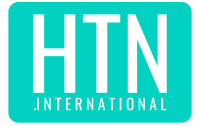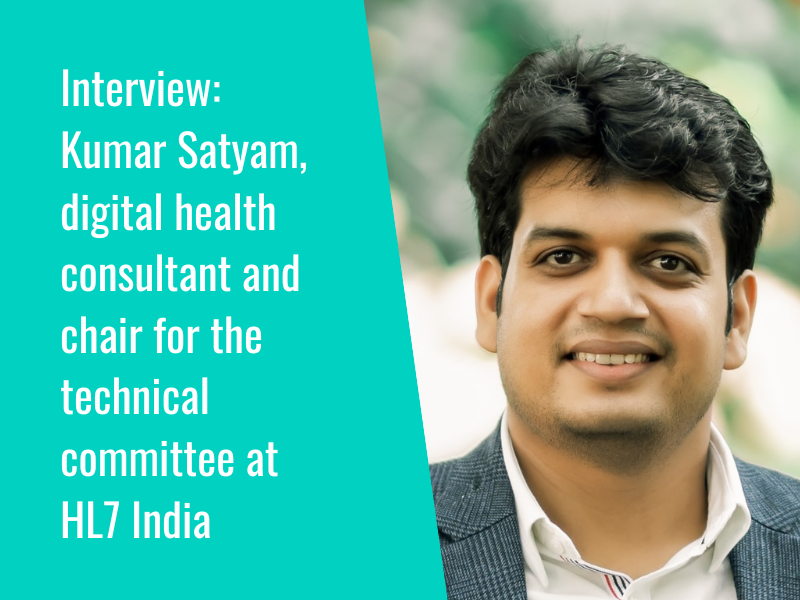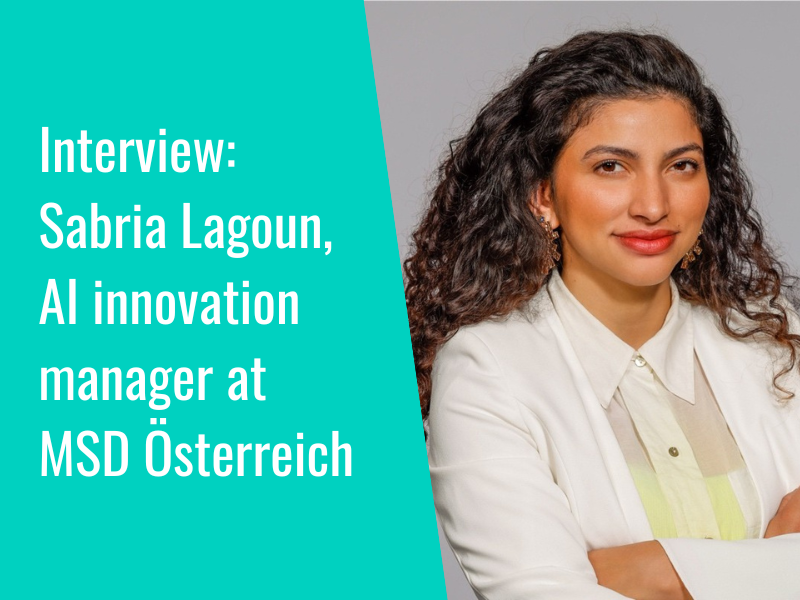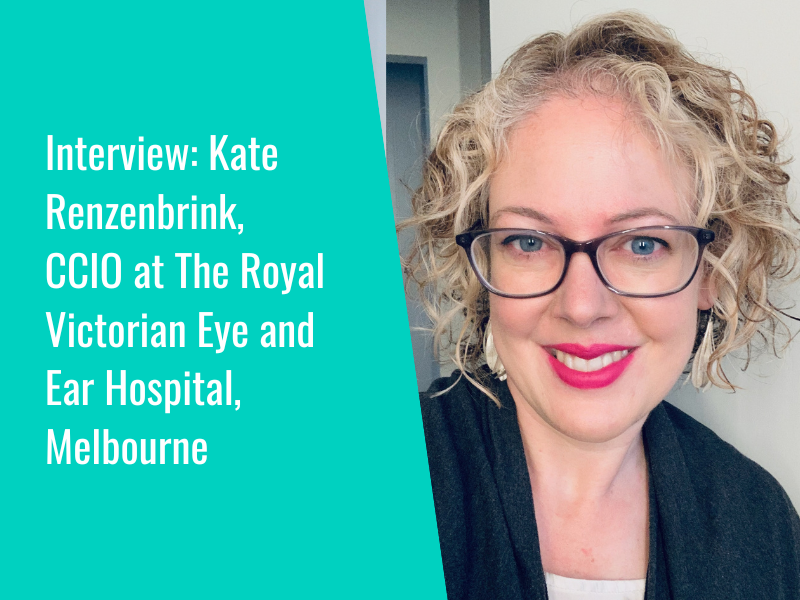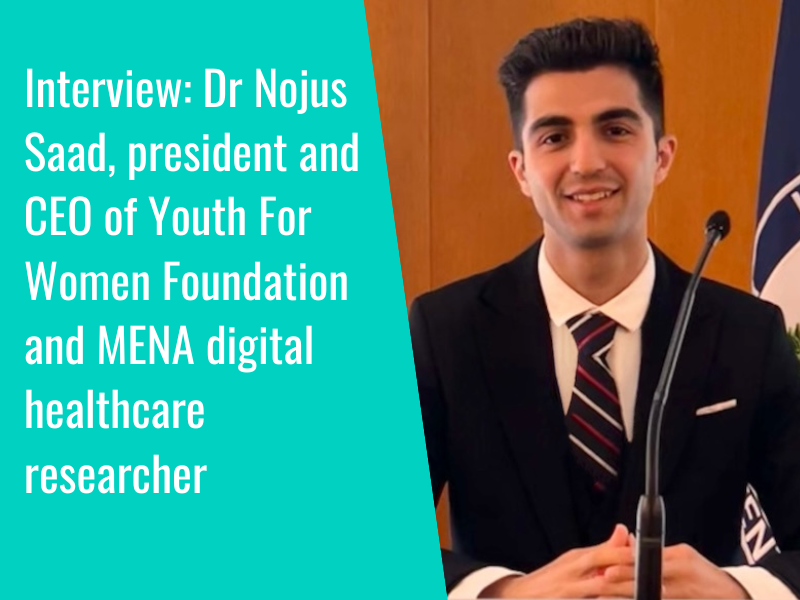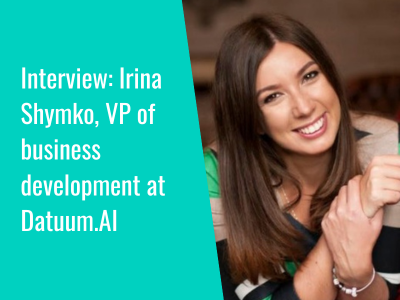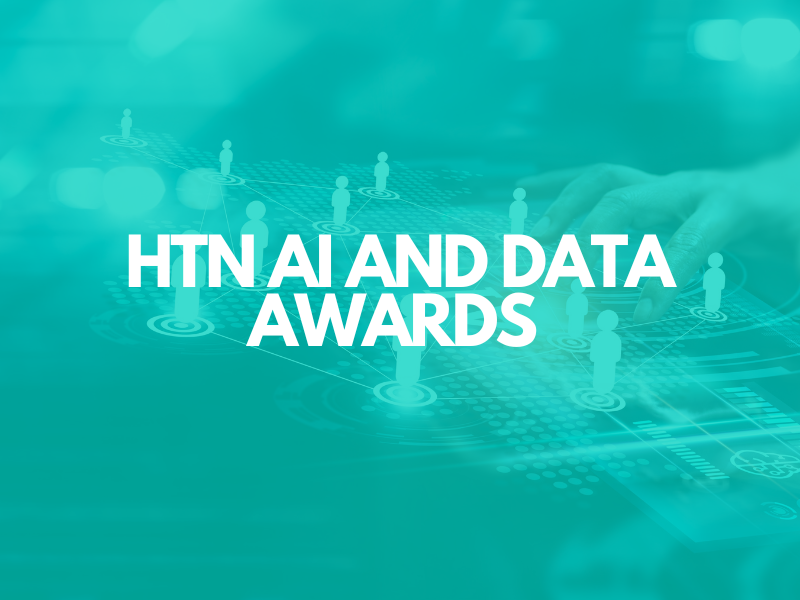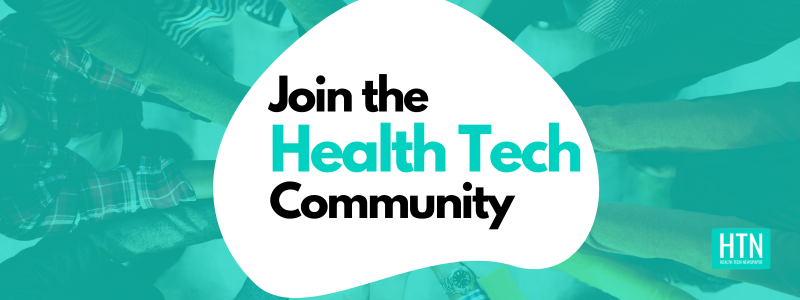New hope for early pancreatic cancer intervention via AI-based risk prediction
MIT CSAIL researchers develop advanced machine-learning models that outperform current methods in detecting pancreatic ductal adenocarcinoma. Rachel Gordon | MIT CSAIL – MIT News
Researchers from MIT Computer Science and Artificial Intelligence Laboratory have collaborated with Limor Appelbaum, a scientist from the Department of Radiation Oncology at Beth Israel Deaconess Medical Center, to develop two machine learning models for the early detection of pancreatic ductal adenocarcinoma (PDAC).
The two models – the “PRISM” neural network (PrismNN), and the logistic regression model (PrismLR) – draw upon electronic health data from institutions across the US, with MIT emphasising the importance of a “broad and diverse database”.
Comparing the models’ performance to current methods, MIT adds that they “outperformed” the current methods. The comparison showed that “while standard screening criteria identify about 10 percent of PDAC cases using a five-times higher relative risk threshold, Prism can detect 35 percent of PDAC cases at this same threshold.”
Both models analyse EHR data, which includes patient demographics, diagnoses, medications, and lab results, to assess PDAC risk. PrismNN “uses artificial neural networks to detect intricate patterns in data features like age, medical history, and lab results, yielding a risk score for PDAC likelihood”, with PrismLR completing a similar analysis and generating a probability score of PDAC by using logistic regression. When used together, the models offer “a thorough evaluation of different approaches in predicting PDAC risk from the same EHR data”.
Kai Jia, first author on the research paper, said: “The PRISM models stand out for their development and validation on an extensive database of over 5 million patients, surpassing the scale of most prior research in the field. The model uses routine clinical and lab data to make its predictions, and the diversity of the U.S. population is a significant advancement over other PDAC models, which are usually confined to specific geographic regions, like a few health-care centers in the U.S. Additionally, using a unique regularization technique in the training process enhanced the models’ generalizability and interpretability.”
Limor Appelbaum, senior author, commented: “Approximately 80-85 percent of pancreatic cancer patients are diagnosed at advanced stages, where cure is no longer an option. This clinical frustration sparked the idea to delve into the wealth of data available in electronic health records. The hypothesis was that these records contained hidden clues — subtle signs and symptoms that could act as early warning signals of pancreatic cancer. This guided our use of federated EHR networks in developing these models, for a scalable approach for deploying risk prediction tools in health care.”
Reprinted with permission of MIT News http://news.mit.edu/.
Also in AI, a study published in Frontiers in Medicine has explored the opportunities and challenges for traditional Chinese medicine (TCM) doctors relating to AI, finding evidence that AI-empowered collaborations between Western medicine and TCM “can strengthen holistic care”, but that “maintaining the humanistic spirit of TCM while embracing AI requires upholding professional ethics and establishing appropriate regulations”.
- 1
- 2
